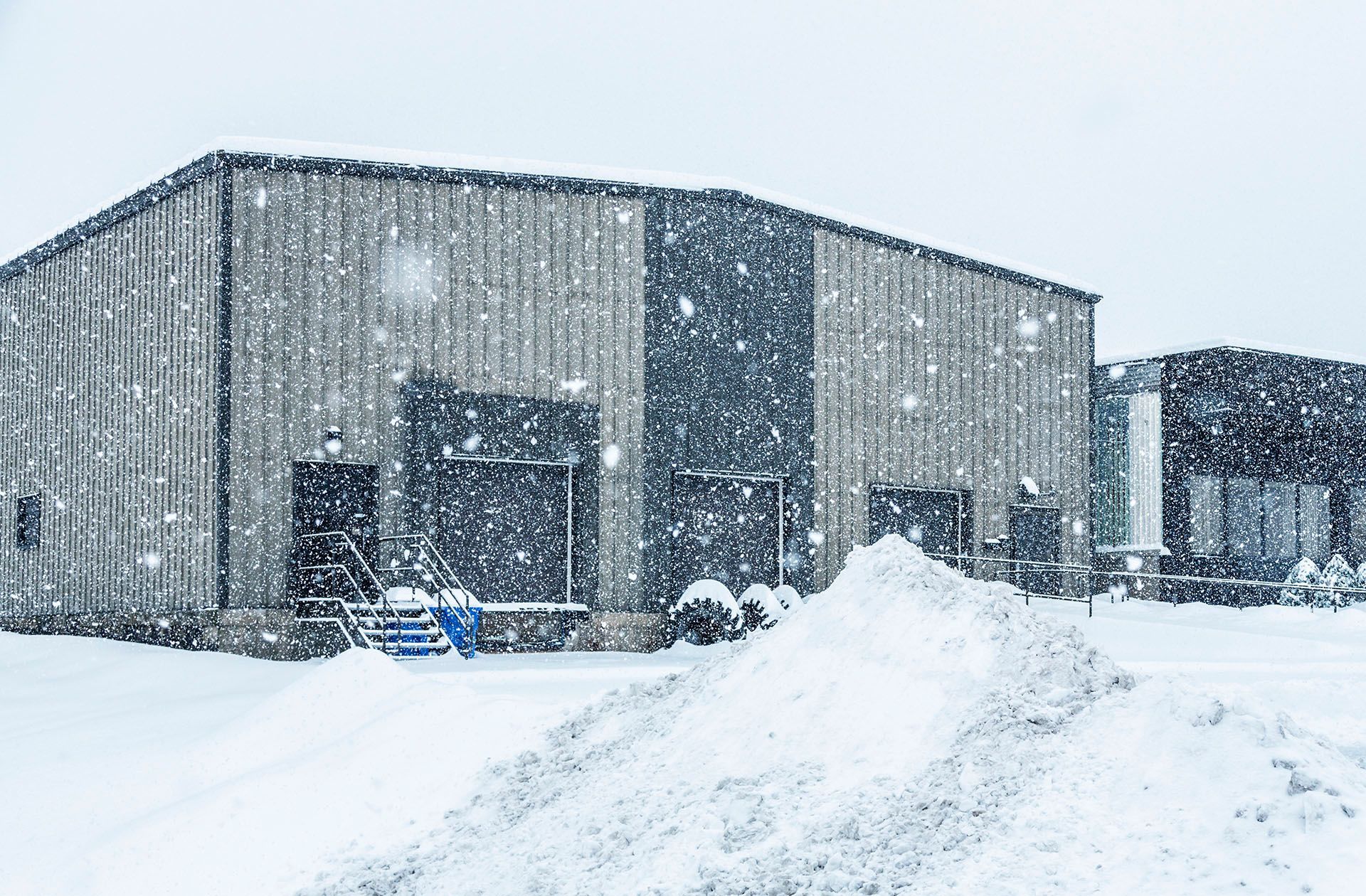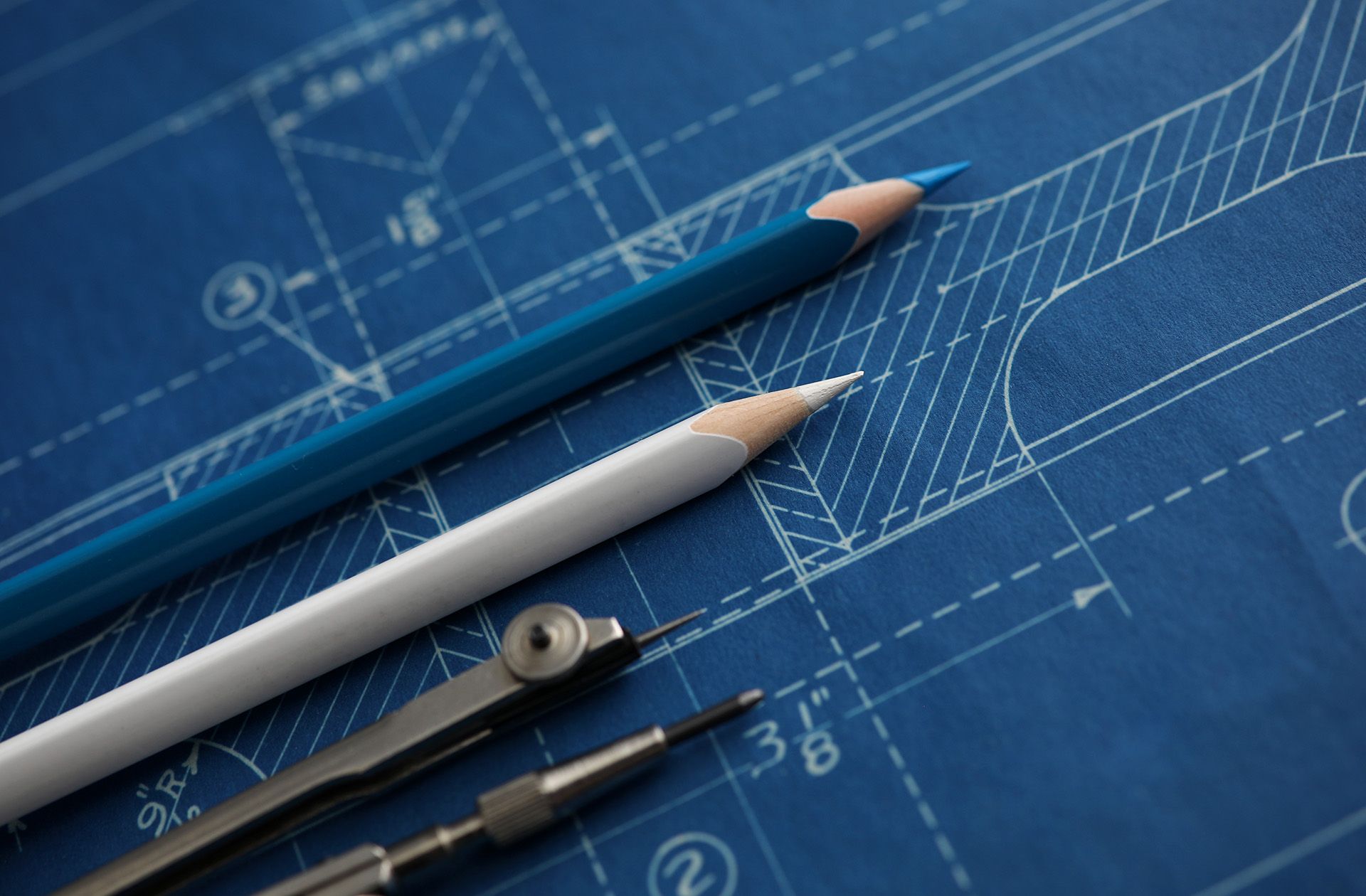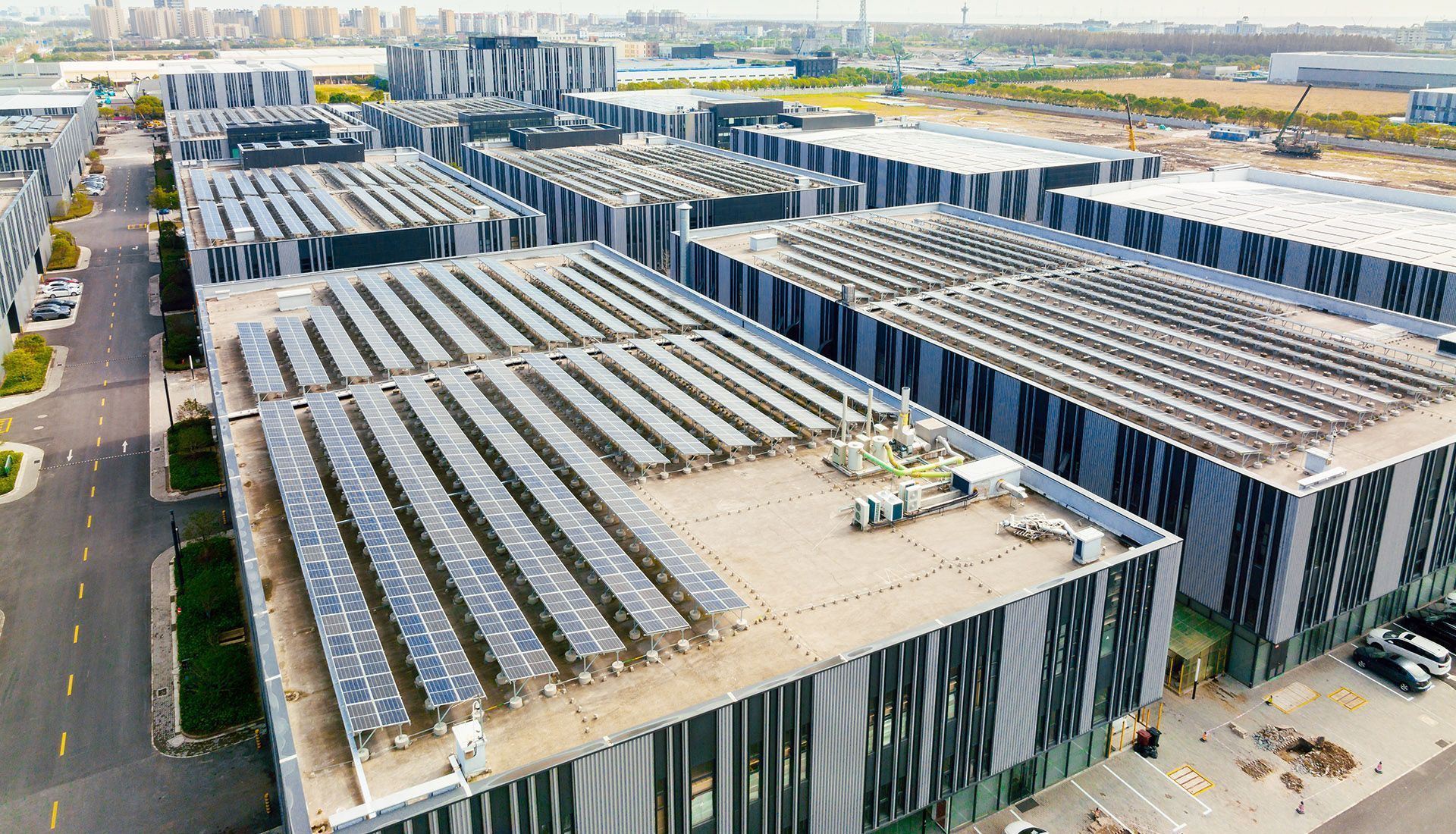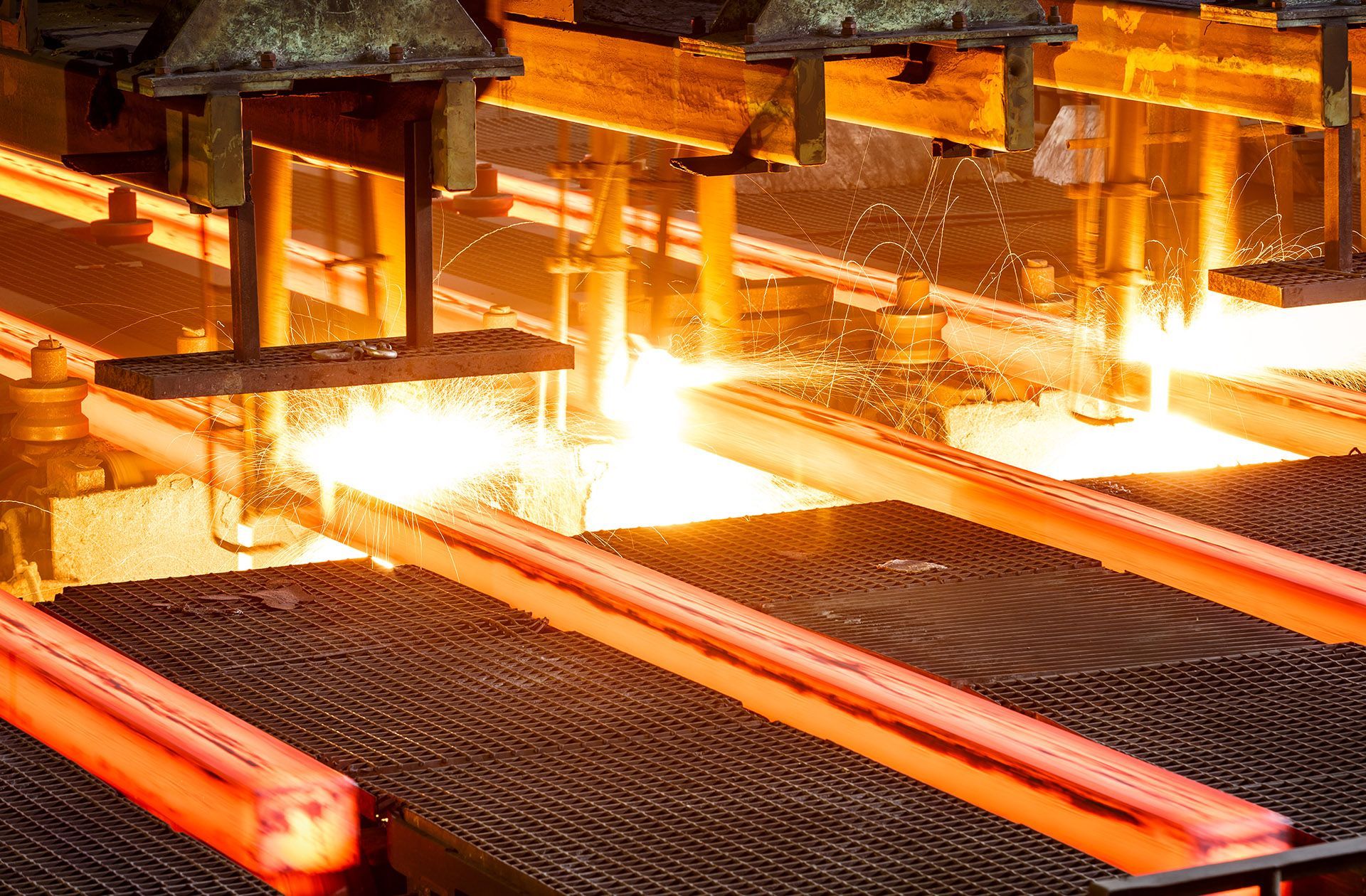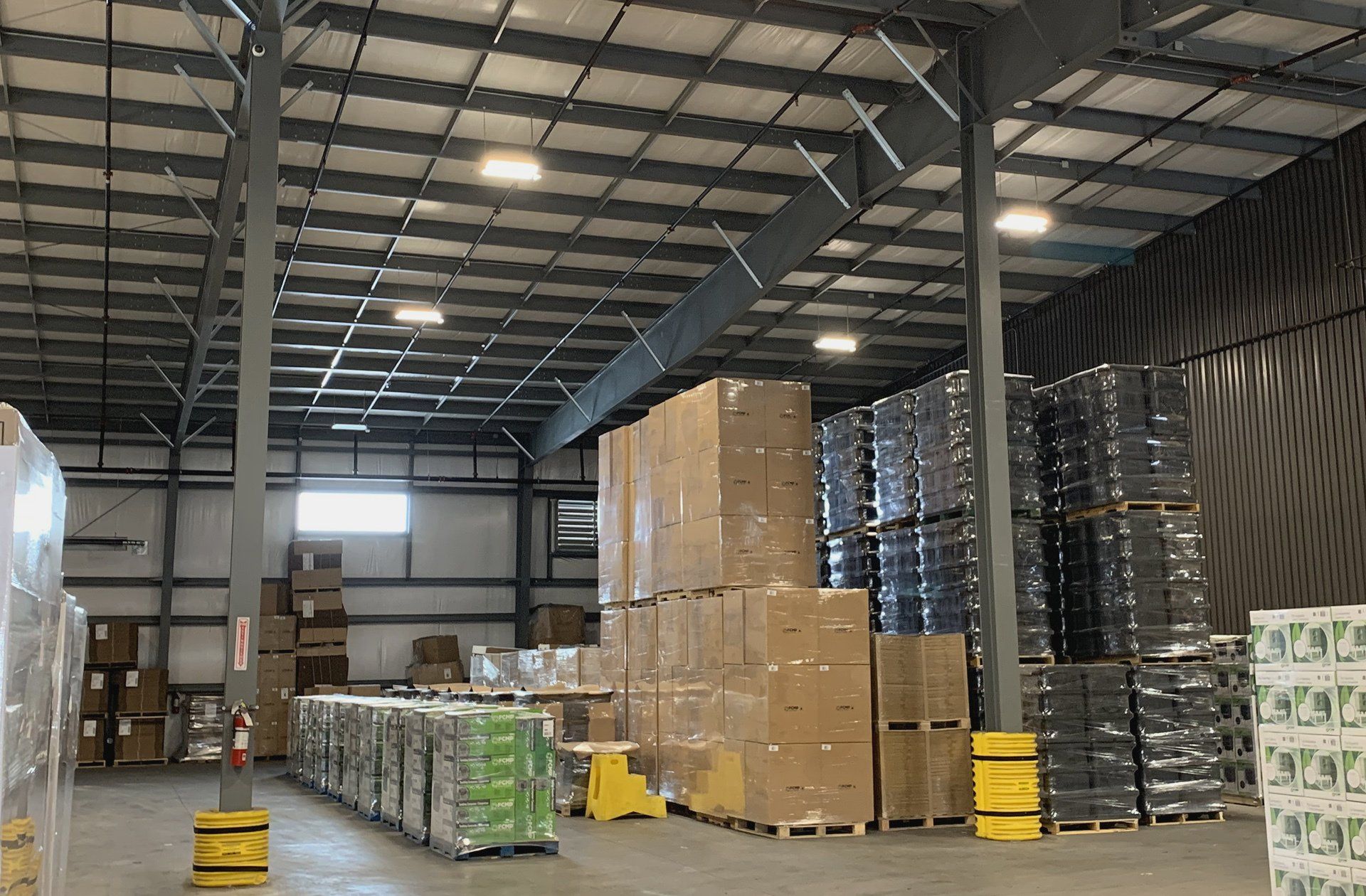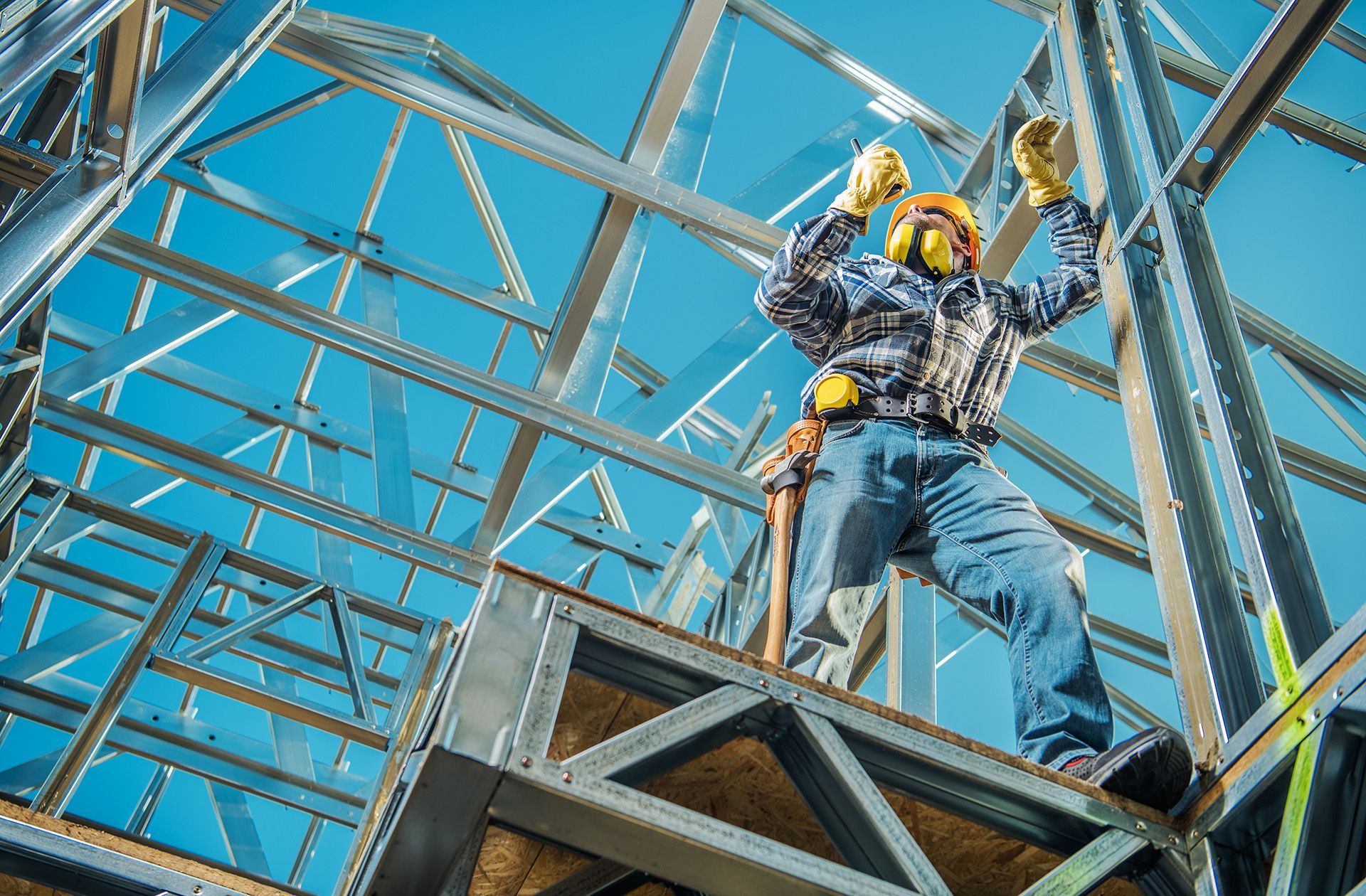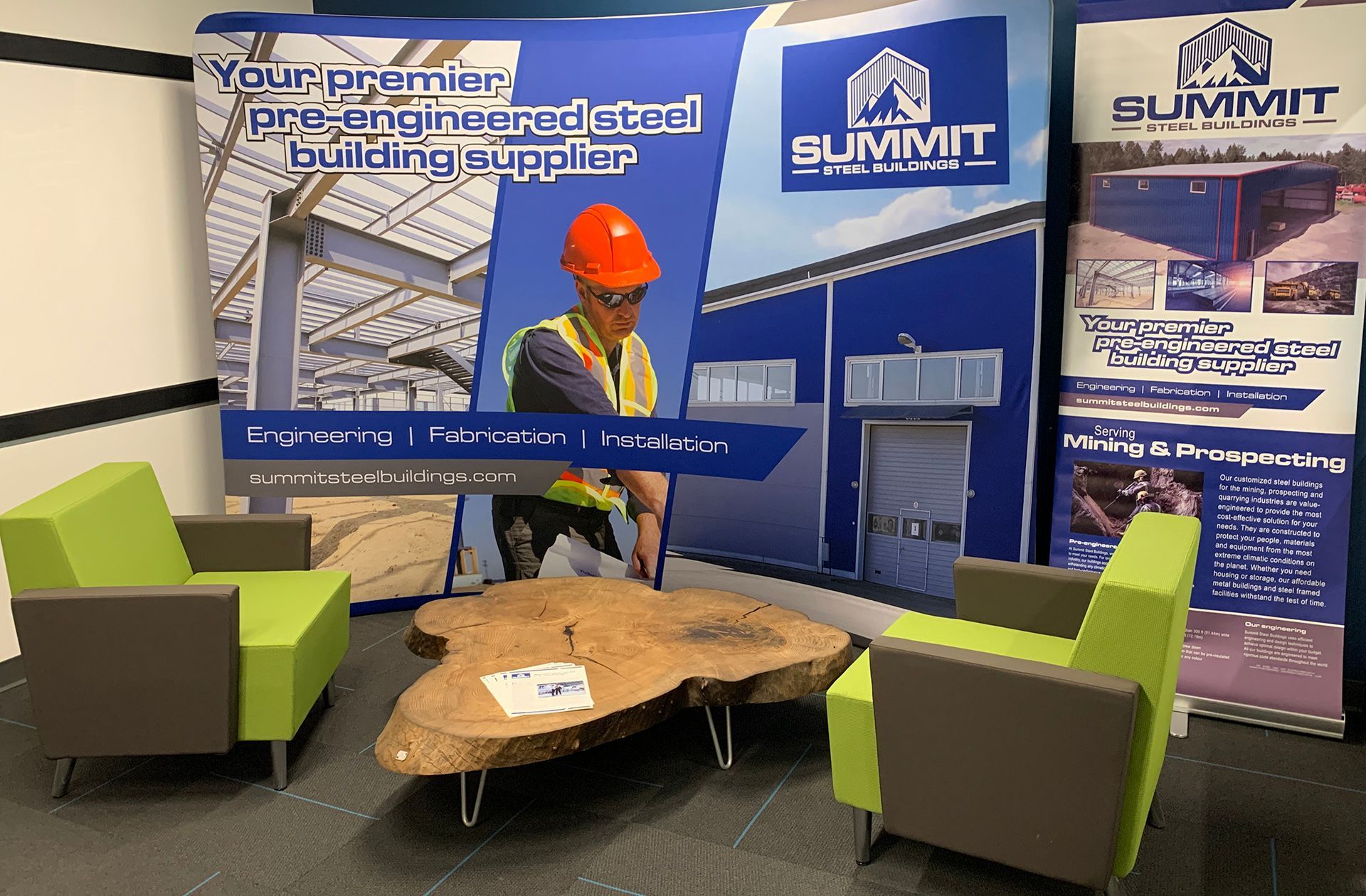How we manage risk in construction
Safety in any workplace is important; safety on a construction site is an absolute must. No room for error exists when working with potentially dangerous tools, heavy materials, stomach-churning heights and the unforgiving demands of precise engineering. High standards are essential to ensuring the final building is not just built to meet strict codes but also to serve the client’s needs for the long term. But risks exist everywhere in construction so having an effective risk management plan is almost as essential as the safety measures and equipment we use everyday in our work.
Risk management is more than just protecting jobsite safety, potential structural damage and limiting conflict during negotiations. Exacting standards and duty of care also apply throughout the entire construction project – starting from creating an estimate all the way to when we follow up months after a completed job later to ensure the client is completely happy. We apply a strict three-step process to managing risk throughout all our projects, regardless of the stage of development. It’s the key to every one of our successful construction projects. We take a full 360-degree view to help identify all the risks associated with our projects. We consider it in terms of our labour, resources and time, and, in other factors that could potentially harm our clients and ourselves, such as reputation, privacy, partnerships and legal.
After two-and-a-half decades of working in construction and steel buildings, the team at Summit Steel Buildings wanted to share the effective system of risk management we use. It’s one of the many commitments to excellence we bring to our projects that instills confidence when clients recommend us for construction needs within a wide range of industrial and manufacturing industries.
Identify risks.
All construction projects are fraught with potential risks. Our first step is to discover them early and create a list – we don’t want to leave anything up to chance. If builders use the “measure twice and cut once” rule, we apply the same logic to our bidding, planning, execution and inspection of every job. We identify the risks along the entire lifetime of the project, starting with the early stages of development, to how each person works in their individual construction role to what projects or issues could arise years later.
We can’t anticipate every unknown of course. However, certain risks, such as material supply and costs, seasonal jobsite conditions, worker training and engineering processes can each be studied so we can create alternative plans to address what to do if any of them come up. Most possible risks are addressed early on by ensuring we have all our documents approved well ahead of time (engineering blueprints for instance, as well as contracts). Others, such as site conditions and economic or supply market conditions are treated with a “hope for the best and plan for the worst” approach.
Prioritize and evaluate risks.
When we analyze risks, we don’t evaluate them in isolation. We consider each in relation to labour, resources and time, and in combination with other risk factors like reputation, media and public relations, privacy, ethics and industry best practices. So, before we start developing our risk management plan, all the risks are prioritized in terms of probability and severity. We review how likely something is to occur and what impact it would potentially have. Obviously, the most severe and most likely events get placed at the top of the list. We address each in order with the best alternative and then determine how we will proceed. On occasion, if the number or severity of risks is too great, we’re not afraid turn down a project. In the end, we want our clients to take as much pride in the finished product as we do – a project that stands up to their good reputation and high expectations.
Manage risks and plan contingencies.
We create the job plan by deciding how we can turn each risk management strategy into specific and measurable actionable items. In technical terms, we start with one of four different strategies to manage each identified risk: avoidance (ceasing or not doing a task or project because the potential risks are too great); reduction (implementing practices to lower the probability of loss or damage and its severity); transference (shifting the risk back to the client, such as through the clauses in the contract); and, risk retention (absorbing the loss ourselves if anything does materialize). In some cases, we tweak how we do part of the job to handle risk or in other cases, we add other resources or come up with an alternative method. Our jobsite insurance and contracts are continually updated to reflect the current situation and job plan. What’s most important is to have a final construction plan that’s best suited for the individual project, so it is done properly and safely. The safety and quality of the final completed project remain our focus and priority.
Managing risk is essential throughout the duration of every project.
Risks are ever-present on jobsites and throughout all construction activity. While companies have historically dealt with problems as they arose or adopted a laissez-fair approach to damage control, a solid risk management plan helps alleviate costs and delays, as well as ensures the work gets done as safely as possible. As the idiom states, “those who fail to plan, plan to fail.” Our three-step process effectively assesses and manages risks and is one we take very seriously. Although it’s a sometimes-overlooked aspect to any complicated construction job, risk management can prevent dire consequences. Considering the risks, adhering to a clearly identified plan enhances our reputation for excellence and ultimately leads to better word of mouth and more recommendations from satisfied clients. The fact that projects will be completed faster, with less issues, allows us to get the most out of all our resources more effectively and sustainably.
We’d love to work with you on your next construction project. Visit our Contact page and Summit Steel Buildings will provide you with a free consultation and quote.
About the author
Frank Melo has a construction civil engineering technology and business background with over 25 years of experience as a business owner and contractor. He was born and educated in London, Ontario and now divides his time between projects primarily in British Columbia and Ontario. He can be contacted at Summit Steel Buildings at (778) 951-4766 or by email at frank.melo@summitsteelbuildings.com or via LinkedIn.


